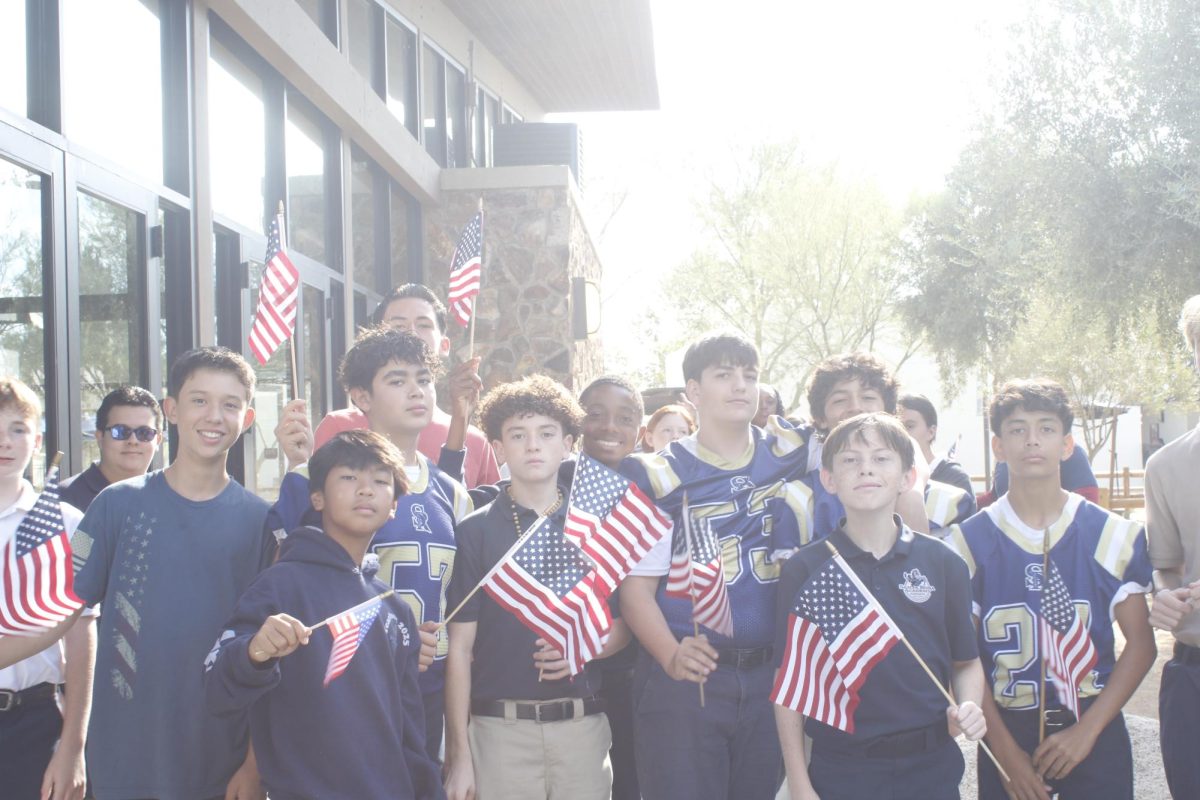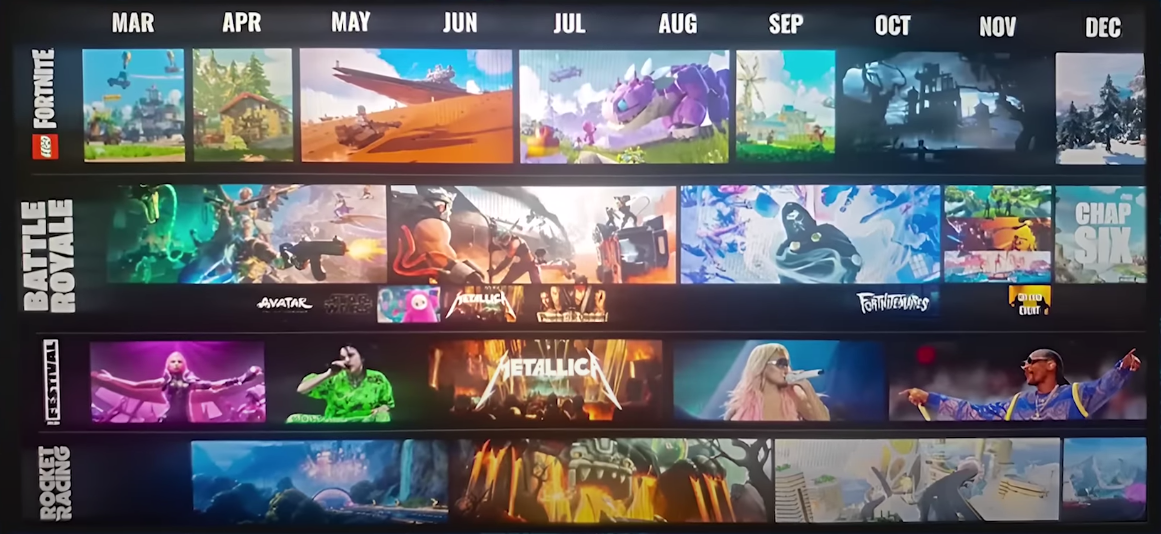This is a story of how stories died. But don’t worry, it doesn’t end with the major collapse of story creativity and meaning. We still have a chance to bring them back to life. Although we can’t change the canon of a story written in its official universe because we’re not the original authors, we can make changes through what we know about the fundamentals of storytelling. And no, I’m not telling you to write a bunch of fanfiction in hopes that one day, a fragment of it will become canon to the true story— a hard no. Instead, I want to go back to the question of why. Why are stories made in the first place? Why do we value them so much if it’s “just a bunch of fairytales” without a solid connection to the real world? Well, they do have connections to the real world, but not in the way you might think. Stories are significant to human society and have shaped cultures throughout history, but major modern story industries have brought stories to a decline in exchange for filler, mindless entertainment. We can bring life back into stories if we focus on why they matter to storytellers and their audiences.
Storytelling has affected us since the dawn of human history. People used stories to carry important messages, usually as a moral or warning. It engaged the viewers by using a play with their imaginations. While people understand that, on the surface, elements or all of the story are fictional, the underlying message that points back to real-life situations and problems makes them so memorable. Characters are the core of solid messages in memorable stories because of their choices. It is NOT what the plot does to those characters; otherwise, the character becomes a punching bag for the plot, leading to weak and forgettable stories. If you think of every story you’ve been impacted by, whether it was Shakespeare’s Hamlet or J.K. Rowling’s Harry Potter, what stands out the most? Most of you would probably say the characters, and some can even talk for hours about character dynamics, their strengths and weaknesses, and what it means to them personally. These characters greatly shape our culture because they overlap with reality, no matter who we are. “Stories come in [various] forms: poetry, song, movement, pictures, plays and even Dad Jokes” (Hurst, PathstoLiteracy). They help us understand the world, build memories with others, and motivate us towards our goals. They help us connect, cope, and create. Meaningful stories are beautiful when used for painting pictures of perspective, morals, and truth, living on for generations. Often, characters are the face of a meaningful story because of the conflict they face and the revelation they find towards its climax to overcome them.

This is why I’m addressing the dilemma of our modern-age stories. For almost a hundred years, we’ve been receiving stories from major media corporations, which nearly the whole globe now has access to thanks to the rise of far and speedy internet and social media. Hollywood took the world by storm after its film-making foundation in the 1910s, with all the rising actors and filmmakers going from the east in New Jersey to the west in Hollywood for its scenic landscapes and perfect natural sunlight. In the golden age of cinema in the 1930s, around 8 million Americans went to cinemas weekly to escape from reality. But people began moving to the suburbs in the 1940s with their brand-new televisions, further away from the theaters. The Golden Age went, giving rise to a more modern 60s and 70s Hollywood that was grittier, bigger, darker, and more graphic. Movies with these dynamics were promoted on large opening weekends for theaters to gain the bulk of their money. Industries in Hollywood, such as Disney, Warner Bros., Paramount, Universal, and Sony Pictures led to commercial success through merchandising, sequels, spin-offs, comic books, video games, and television. Theaters were soon empty once again. Thus, the focus shifted from good storytelling to shocking visuals to get people back in the theaters again.
Does this sound familiar? It should. We’re still living in a sequel, prequel, oversaturated age, where Hollywood’s main goal is long-term profit. But because they’re prioritizing their investments in eye-catching visuals, striking sounds, and immersive action, Hollywood has lost its emphasis on the story’s meaning. This also applies to books, TV shows, comics, and so on, where audiences are brought in by action, tension, and superficial trends. But within the first five minutes of these movies, they lose their audience within all that action and visual graphics. These movies lose their care. Stories are no longer alive with relatable conflict but replaced by an imposter, impersonating “conflict” with shocking filler content. Or, as the current generation may call it, brain rot.
Another problem that has more controversy is the implementation of social and political agendas. Don’t assume I’m saying that putting agendas in storytelling media has only arisen in modern times, I understand that the practice was always around. Disney even had to produce political cartoons in the 1930s for the WWII effort. However, that was not Walt Disney’s vision for the company; his main goal was, to quote directly from him, “to make people happy.” How did he accomplish this during the years he was chief executive of the Walt Disney Company? He used fairytales and remade them for family-friendly audiences, not simply for the ever-changing culture or politics. We can see that he had a more wholesome, family-oriented mindset for the stories he made, even if some appear shallow to us modern viewers.
Even then, stories like Snow White and the Seven Dwarves and Peter Pan bring many virtuous, universal messages, accessible to all ages and backgrounds, such as love, good versus evil, and the importance of family and friendship. He created and invented, not recycled the old things the company made or appealed to cultural movements. However, once the Disney company began to adopt these new ideals, which were almost the opposite of their founder’s (not all were appropriate for children), their fall started in the early 2000s. It’s all because of their shift in focus to promoting politically correct agendas over making creatively innovative stories for all audiences. Not that there isn’t room for other companies to do this, but originally family-focused company to completely shift their focus on social issues presented in recycled ways produces shaky ground, leading to a loss of reliability and impact on broader audiences.
Stories are losing their purpose. Stories are lost without a fundamental purpose, one that intends to positively impact people rather than mindless filler to make big money. Corporations are losing money in the long run and their longtime fans are starting to turn their backs on them. Either they lost the original purpose of their founders, or the founders of newer entertainment media industries initially needed more purpose for their line of stories. But as I stated earlier, there is a way to redeem stories and rebuild the purpose they’ve been used for. That is what I will discuss in part two of this article!

















